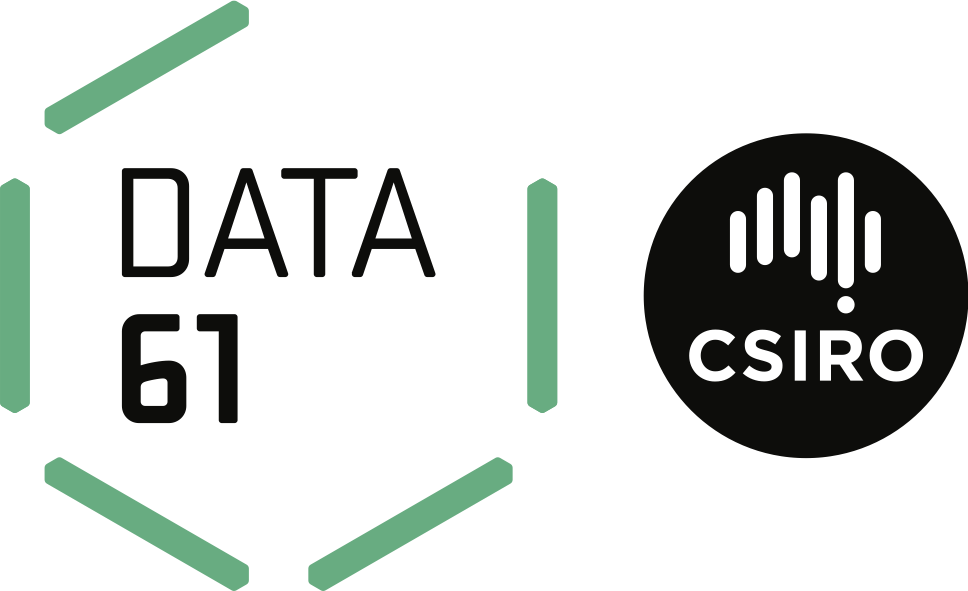Connecting IoT devices using low power over wide area wireless (LoRaWAN) makes sense. But how LoRaWAN works, duty cycles, frequency plans, receive windows, etc. doesn’t.
This talk will demystify how LoRaWAN works using PyCom devices.
PyCom devices have made it extremely cheap and easy to create programs and full sensors for the internet of things, all programmed using the amazing MicroPython. It’s very normal for someone to order two PyCom devices and, within hours of receiving them, have information being transmitted using LoRa between the two devices. LoRa is the low power and long range wireless system, which is built into the PyCom modules.
But then, you need to scale up from ping-ponging LoRa messages between the two devices, to robust communications between devices and gateways using LoRaWAN. This talk will look at my experience making this transition, and LoRaWAN details discovered on the way.
Through this talk you will learn how LoRaWAN networks view the world, the structure of the LoRaWAN packets, the frequency plans used in Australia, how to minimise air time and therefore power use, and how to be a good citizens when transmitting (duty cycles/frequency hopping/confirmed messages).
Watch 'Demystifying LoRaWAN with PyCom' on PyCon AU's YouTube account

Brian Danilko
Likeable Software
@bdanilko
http://www.likeablesoftware.com
Brian has produced software for over 30 years on lots of different embedded projects and still finds it interesting, and loves learning new things. He has been a python user for over 15 of those years, making tools, writing tests, creating educational robot programming systems, and, at one time, keeping his financial books on a python system. Brian has always been passionate about protocols (FlexRay anyone?) so is happy on his current assignment using LoRaWAN to send sensor data to the interweb.



























